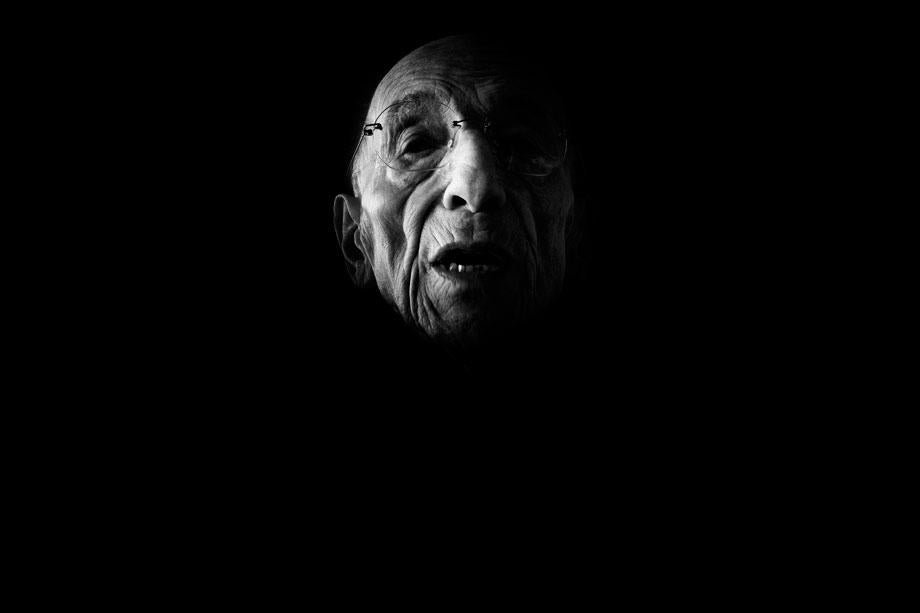In 2009, concerned that he was living with the last generation of Holocaust survivors, photographer Maciek Nabrdalik began meeting, interviewing and taking portraits of survivors for a series titled “The Irreversible”.
Nabrdalik felt a need to act quickly, noting that some survivors passed away after he made contact with them including the last known gay survivor Gad Beck. He said other survivors felt that while they had moved on with their lives and their recollections were not as vivid as they once were, they could never completely escape the nightmares of the past. That sentiment became the title of the project because “…it is difficult to escape something that lies so deep and returns uninvited in dreams, fears and associations. This, they say, is irreversible.”
Nabrdalik, along with his wife Agnieszka who conducted the interviews, will publish a book, also titled The Irreversible in early July.
“We wanted to show how profound the experience of the camp is for those who survived it and how it affects their relationships, perceptions, psyche, viewpoint, and day-to-day functioning,” Nabrdalik wrote via email. “We want every person who holds this book to find in it the question that they themselves would perhaps want to ask of a death camp survivor.”
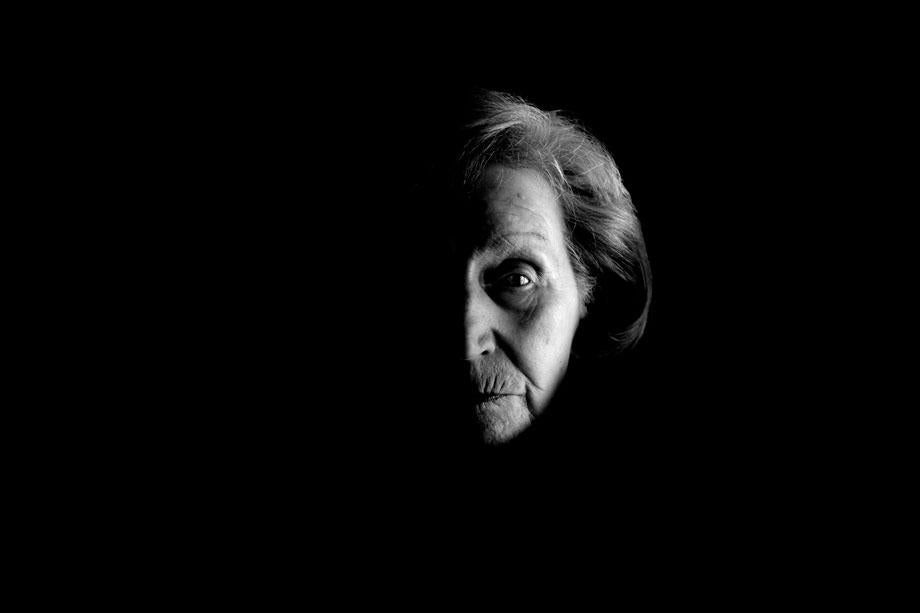
Maciek Nabrdalik/VII
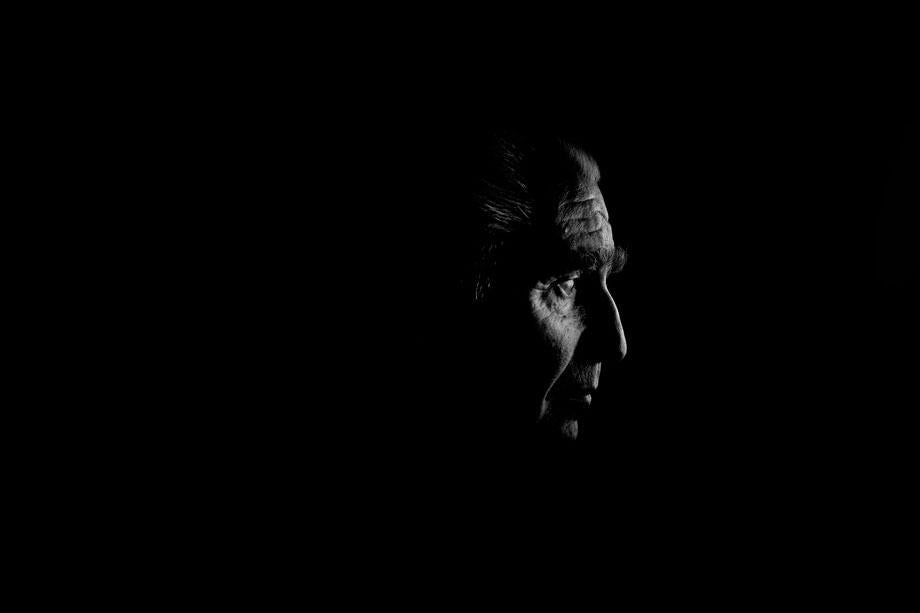
Maciek Nabrdalik/VII
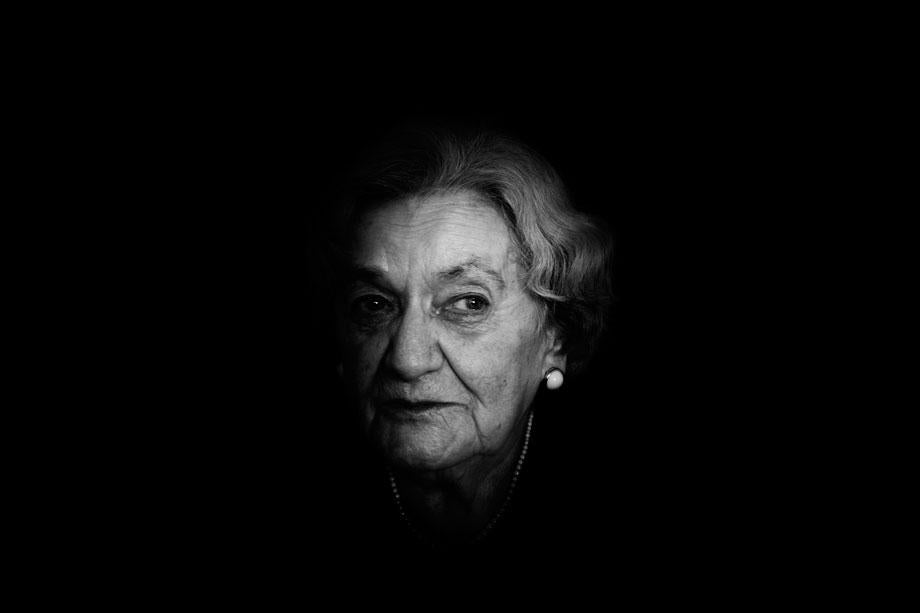
Maciek Nabrdalik/VII
Maciek and Agnieszka traveled around the world in order to meet survivors, visiting them in their homes, offices and even at camp sites. Tracking down survivors proved to be complicated as many organizations Nabrdalik contacted felt similar projects had already been done and weren’t willing to cooperate.
“We knew that most of the survivors had already been interviewed by institutions which diligently recorded their accounts, but they (survivors) were at a different stage of their lives now,” he wrote.
The portraits are in black-and-white highlighting only the faces of the survivors, something Nabrdalik felt was important.
“I am rarely interested in photographs that show how people or places look. My ambition is to visualize how they feel or how it feels to be somewhere, depending on the story.”
“We realized that what mattered to us more than detailed accounts from the camps were the survivors’ reflections, feelings and understanding of what happened to them.”
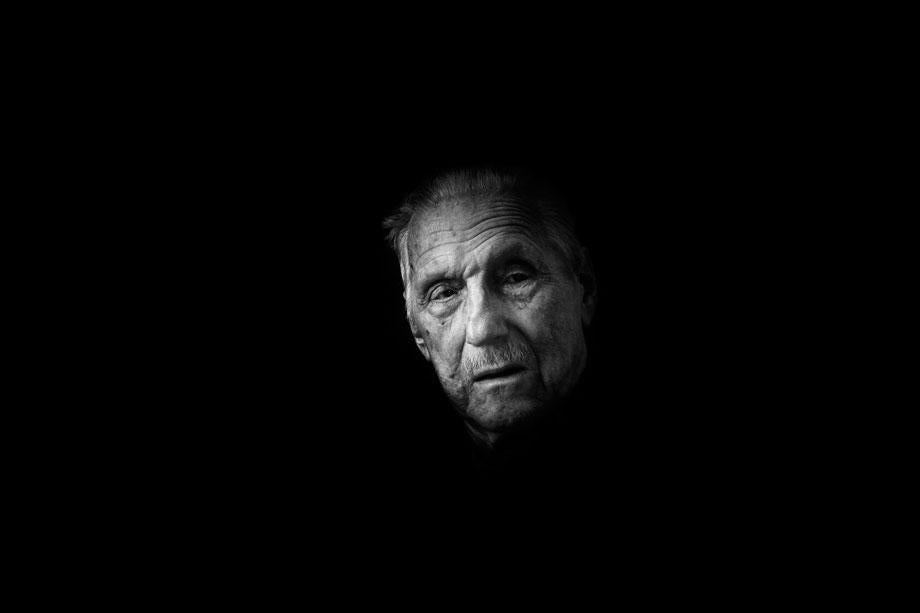
Maciek Nabrdalik/VII

Maciek Nabrdalik/VII
Although he was initially anxious to learn of the survivors’ reactions to the portraits, Nabrdalik wrote that many survivors expressed that the photographs were a glimpse into their past.
“When I showed them to one women she said, ‘These are not our present portraits. You managed to take use back to the camp times. It’s exactly how it was.’”
In total Nabrdalik documented 45 survivors from a number of different nationalities. The book isn’t organized in any particular order and doesn’t even contain page numbers.
“We realized they had already suffered from such divisions and categorizations,” Nabrdalik explained. “You also won’t find detailed life stories, archival photos in striped camp uniforms, or before and after the camp features.”
Nabrdalik expressed that although he has completed the book, the project for him may never feel finished.
“I can’t announce that the project is finished. For me it will never end. We still feel the need to meet those who survived. … Fortunately, we have met people who believe that this topic can never be considered exhausted and that no amount of conversations and meetings with former prisoners it too many.”
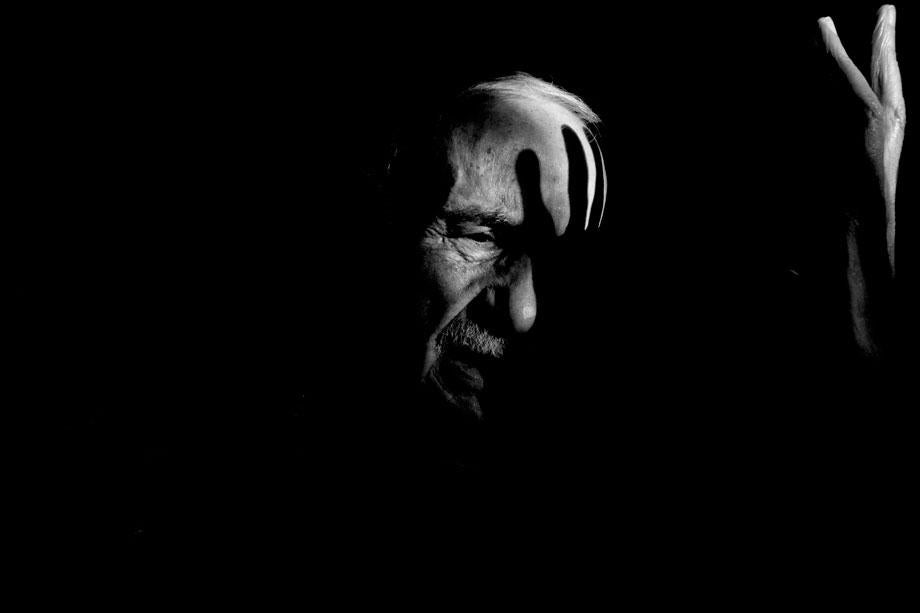
Maciek Nabrdalik/VII

Maciek Nabrdalik/VII
